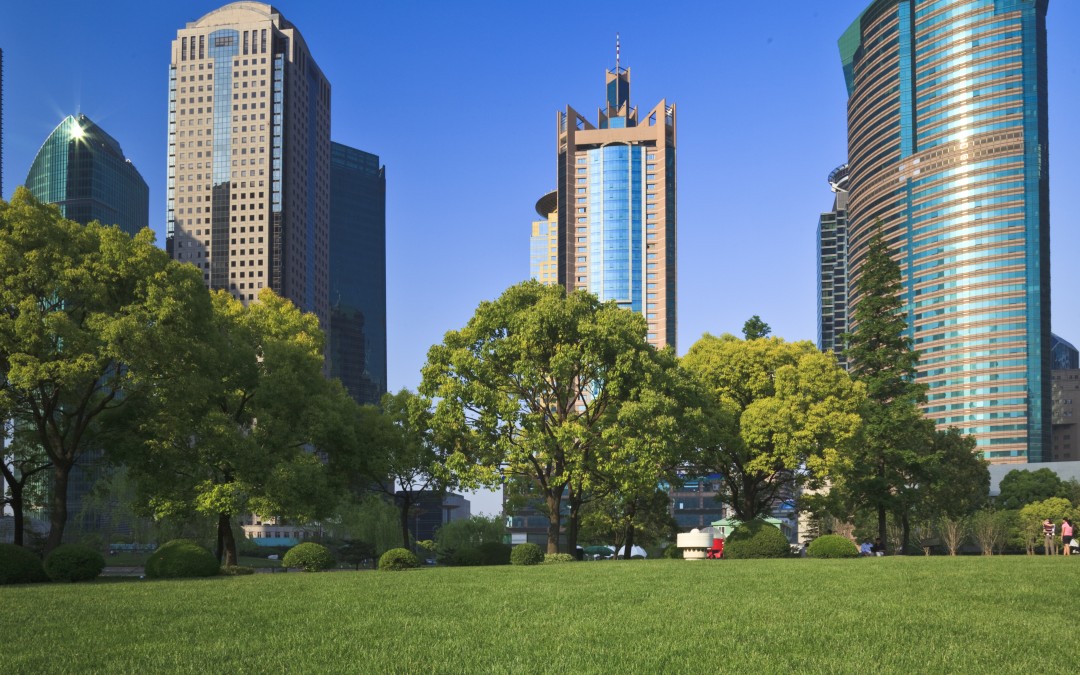There’s no question – urban trees provide value to cities. A report from TD economics quantified Toronto’s tree benefits at more than $81 million – with 66% of this value coming from trees’ role in managing stormwater.
But each tree is different in its ability to manage rainfall. Healthy, mature trees provide the most benefits – and unfortunately many trees in urban areas never make it to this stage. Though the lifespan of urban trees is quite variable (average lifespan of downtown urban trees has been cited at 7, 13, or between 19 and 28 years) many trees that do survive are hampered by hostile growing environments, and never reach their full potential.
On 7 October from 1-2 pm Eastern, join urban tree expert Peter MacDonagh of the Kestrel Design Group for a webinar on how municipalities can get the most out of their trees for stormwater management. Peter will present his ground breaking work in policy development, research quantifying tree stormwater benefits, and techniques for maximizing tree stormwater benefits.
This webinar is presented by RAIN Community Solutions in partnership with LEAF – Local Enhancement and Appreciation of Forests and the Green Infrastructure Ontario Coalition.
Register for the webinar and read a full abstract and presenter bio.
Strategies for urban tree health include:
- requiring minimum soil volumes for newly planted trees (healthy trees require 1 m³ of soil for every 1.6 m² of tree canopy), using tree trenches or tree boxes that maintain uncompacted soil, even underneath paved surfaces,
- directing runoff from roofs, sidewalks, or roads at trees,
- and encouraging a diverse tree canopy so that disease and blight are less likely to devastate the entire canopy.
Some Canadian cities are beginning to consider their trees as infrastructure. Toronto requires 40% tree cover on all new developments as part of its Green Standard, and also requires that each tree be provided with at least 30 m³ of high quality soil. Vancouver is implementing a comprehensive urban forest policy designed to increase the urban canopy and treat trees as green infrastructure.
By investing in trees as stormwater infrastructure, cities also reap all the other benefits that come with a healthy urban forest – increased shade, carbon sequestration, lower energy use, more attractive neighbourhoods, and healthier people.
Members of the Green Infrastructure Ontario Coalition, an alliance of businesses, not-for-profit organizations, community groups and local governments working to promote green infrastructure across the province, are advocating for policy and action to sustain and enhance Ontario’s urban forest. Learn more and add your support.
This article was published in The Umbrella Stormwater Bulletin Issue 33.
Poll
Does your municipality have policies that support a healthy urban forest? (select all that apply)
- Minimum soil volume standards for newly planted tree (11%, 1 Votes)
- Tree bylaws regulating tree removal on public and private property (22%, 2 Votes)
- Tree canopy standards for new development (22%, 2 Votes)
- An urban forest plan (11%, 1 Votes)
- Other (0%, 0 Votes)
- I don't know (33%, 3 Votes)
Total Voters: 5


